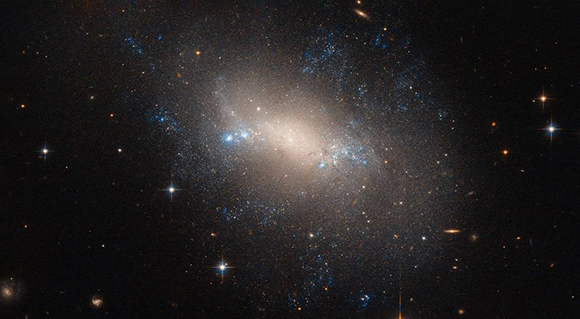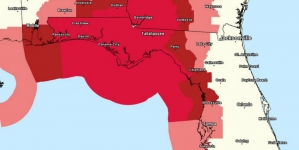-
Tips for becoming a good boxer - November 6, 2020
-
7 expert tips for making your hens night a memorable one - November 6, 2020
-
5 reasons to host your Christmas party on a cruise boat - November 6, 2020
-
What to do when you’re charged with a crime - November 6, 2020
-
Should you get one or multiple dogs? Here’s all you need to know - November 3, 2020
-
A Guide: How to Build Your Very Own Magic Mirror - February 14, 2019
-
Our Top Inspirational Baseball Stars - November 24, 2018
-
Five Tech Tools That Will Help You Turn Your Blog into a Business - November 24, 2018
-
How to Indulge on Vacation without Expanding Your Waist - November 9, 2018
-
5 Strategies for Businesses to Appeal to Today’s Increasingly Mobile-Crazed Customers - November 9, 2018
Hubble Captures Pair Of Dwarf Galaxies Entering Galactic Big City
The two tiny galaxies, called Pisces A and B, were spotted by Nasa’s Hubble Space Telescope, and astronomers say they likely existed in isolation for most of the universe’s history before more recently entering a region that’s dense with intergalactic gas.
Advertisement
There is a possibility that the gas-rich environment might have resulted into star birth.
To find dwarf galaxies is not easy as they are very small and faint but astronomers have used powerful radio telescopes so that they can track them down.
This captured thousands of small blobs of dense hydrogen gas, Nasa explains. Most of those blobs turned out to be gas clouds within our galaxy.
Them, using the WIYN telescope in Arizona, they studied 15 of the most promising candidates.
There are reports that the two dwarf galaxies have been locked and trapped in the void for over 100-million years.
A dwarf galaxy is a small galaxy composed of about 100 million up to several billion stars. Astronomers think this uptick in star formation could be attributed to a denser supply of intergalactic gas.
“These galaxies may have spent most of their history in the void”, Erik Tollerud from the Space Telescope Science Institute in Baltimore, Maryland, and the lead author of a study describing the process, said in a statement.
“Studying these and other similar galaxies can provide further clues to dwarf galaxy formation and evolution”.
The new Hubble observations also allowed the researchers to focus on individual stars and estimate their ages.
Tollerud along with his team hopes to discover more galaxies with the use of the Hubble. Named as NGC 2337, the new irregular shaped galaxy has been located 25 million light-years away in the constellation of Lynx. As per Tollerud, if it is true that these galaxies have spent most of their times in the void then there is a possibility that the void environment might have slowed their evolution.
Another piece of evidence of the galaxies’ void address is their hydrogen content relative to that of similar galaxies, Tollerud said.
‘In the past, galaxies contained higher concentrations of hydrogen, the fuel needed to make stars.
Although the pair is now in a rapid star-forming phase, chances are, if they become satellites of much larger galaxies, this star-formation rate would subside.
‘The galaxies also are quite compact relative to the typical star-forming galaxies in our galactic neighbourhood’. This region, roughly 150 million light-years across, is mostly empty – at least in comparison to its crowded neighborhood – but it still boasts the occasional wanderers. Distance is important for determining a galaxy’s brightness, and, in these Hubble observations, for calculating how far away the galaxies are from nearby voids.
Advertisement
An abundance of young blue stars suggests that the duo is birthing new stars at an accelerated rate.




























